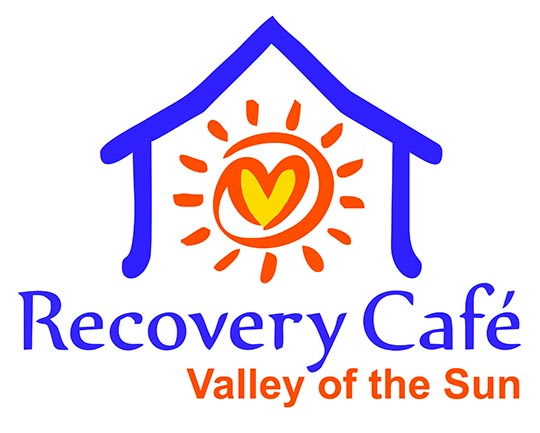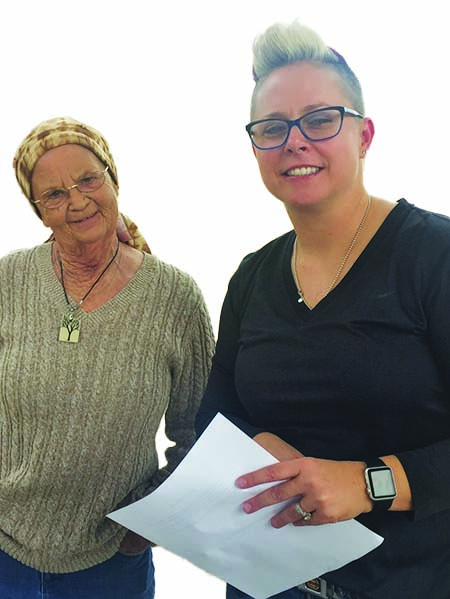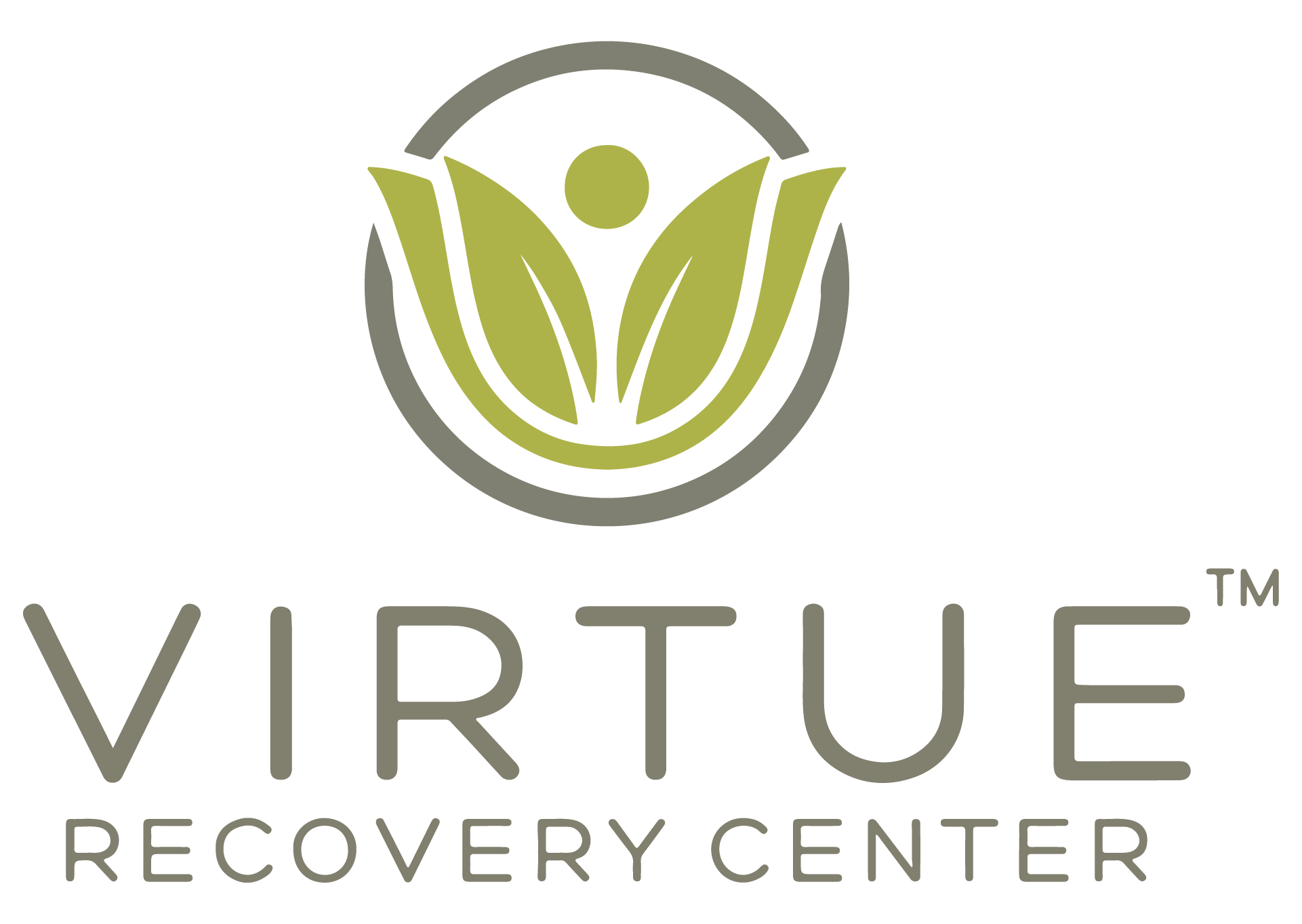Post Crisis Discharge Planning and Community Engagement By Julie Miller, MA, LPC CEO, Valley Hospital “It is our job as the treatment team to work with the patient, listen...
Post Crisis Discharge Planning and Community Engagement
By Julie Miller, MA, LPC
CEO, Valley Hospital
“It is our job as the treatment team to work with the patient, listen to them, and understand what they want to do to continue treatment and find recovery post crisis.”
At a time when we are seeing an increased volume of mental health and substance use crisis in our community, we continue to struggle with crisis relapse, access to care issues and increased readmission rates.
At our behavioral health hospital like others in Maricopa County, we see the care coordination issues that affect the population we treat. Valley Hospital in Phoenix is a 122-bed adult inpatient psychiatric and substance use facility with a full continuum of care including partial hospital programs and intensive outpatient programs to allow for up to 10 weeks of treatment to support recovery and relapse prevention. This is one place that provides an opportunity for crisis stabilization in Phoenix, but when we look at all the care and support our community has to offer, we must ask if we are working together to help these people stay out of crisis.
Breaking the Crisis Cycle
We often see that people go into crisis for psychiatric or substance use reasons and find themselves on a hamster wheel, unable to break the cycle of crisis and gain recovery or stability with their illness. The patient presents for treatment to a crisis facility or hospital, stays inpatient for a week in a safe environment getting 24-hour nursing care, appropriate therapies, medication management, physician support, and care coordination/discharge planning. They often get discharged when stable to step back into the community, however, that does not mean the crisis is averted.
Depending on each patient’s social determinants of health, we see some patients get stuck on the crisis continuum or hamster wheel and struggle to find recovery or outpatient success.
The first step for the patient’s care is approaching them with a multi-disciplinary treatment team that consists of the patient, the physician, the nurse, the therapist, the recreation therapists, and the discharge planner. This covers the inpatient care team, however; if we look at the whole picture, our team grows extensively.
We must look at the patient as if they are the quarterback of their own football team.
Who protects the quarterback?
The offensive line protects the quarterback. The hospital is only one offensive lineman; therefore, the whole offensive line is the treatment team. The treatment team includes the hospital team, community supports, such as family and friends, the primary care physician, the outpatient psychiatrist, the outpatient therapist, case managers, and other community agencies that are there to support our patients.
Having a plan in place
As the hospital team plans for discharge, it is important to put a crisis plan in place. The National Alliance on Mental Illness (NAMI) recommends considering a document that has some basic information for the patient if they experience a crisis. This list includes phone numbers for support people, a list of triggers, crisis line phone numbers (988), crisis walk-in centers, and coping skills that have worked in the past. Once that plan is in place, it is the team’s job to meet the patient where they are. Meaning, the treatment team doesn’t tell the patient what their recovery and care should look like. The team identifies what the patient is willing to do, where they are willing to live, what level of care they are willing to seek post crisis and provide education and support to help them meet those needs. Asking questions like, “What does recovery look like to you?” or “How will you know you are better?” are ways to identify what a person is willing do post crisis to be in recovery or find stability.
The Importance of Community Partnership
There are always times where the patient may want something that is not obtainable, such as their own apartment, but they have no income. These are the times where we partner with our community and show the patient that we climb the stairs of recovery one step at a time. We work with a living environment that allows a promise to pay or work for your stay opportunity. These local facilities help get people back on their feet, teaching them basic job skills and allowing them to work for their stay until they can gain employment and start to pay their own rent. They can have a safe living environment while they seek outpatient treatment, 12-step meetings, Medicated-Assisted Treatment (MAT) services, vocational programs, etc. The goal here is knowing your community and participating in partnerships that allow you the opportunity to coordinate care for your patients. We cannot be an effective offensive line if the right side isn’t communicating with the left side.
Discharge planning and learning your community are not always an easy process
Sometimes the discharge plan looks like a simple math equation A+B=C. Then sometimes it looks like a complicated physics equation (x+a)^n=∑_(k=0)^n(n¦k) x^k a^(n-k) which makes the discharge planning more difficult. When you have a difficult discharge plan and/or a patient with multiple social determinants to navigate, it is imperative that you have good relationships in the community so you can outreach your contacts to provide the best plan and outcome for your patient. Taking the time to call resources, ask questions about who they treat and how to get services there, will allow you to build community partnerships. As we network within the community, we then take those contacts and add them to our offensive line, identifying which players will join which team.
The discharge planner/care coordinator has built their football team to support each patient they serve. Instead of handing the patient a list to call for discharge planning, we can call, text, or email our contacts and secure services for our patients using our relationships. Where some say this is a form of enabling, the reality is we hold their hand to allow them to jump off the hamster wheel safely and take those powerful steps toward stability and recovery.
There are so many barriers to a seamless discharge plan including housing, transportation, employment, finances, legal history, medication assisted treatment and many more. It is our job as the treatment team to work with the patient, listen to them, and understand what they want to do to continue treatment and find recovery post crisis. The simple effort of engaging the patient, handing them the figurative football, and identifying what their next play will be, will lead us to a discharge plan that engages not only the patient but our community in working together to help people heal.
We owe it to our patients to take the time and build these relationships that will connect to another community partner and then another and over time will build the network that leads our patients to what they see as a successful and healthy future.
About Valley Hospital
Valley Hospital is a private psychiatric hospital located in Arizona specializing in mental health and chemical dependency care. We provide a wide range of services and programs, and our evidence-based treatment methods have been proven to have positive outcomes for our patients.
Centrally located just five miles from downtown Phoenix, Valley Hospital’s welcoming atmosphere and scenic landscape promote healing. We have an 18-bed women’s unit, addressing the unique needs of this population. We also accept a wide range of insurance. Learn more at https://valleyhospital-phoenix.com/
 About the author
About the author
Julie Miller is a Licensed Professional Counselor in Phoenix, AZ. She has a bachelor’s degree in psychology and a master’s degree in clinical psychology. She has worked in the behavioral health field for 27 years. She has grown from clinician into leadership and is currently the CEO at Valley Behavioral Hospital. She has worked with all populations in behavioral health, specializing in high acuity and seriously mentally ill adults.
Over the years she has provided clinical supervision for professional licensure and has provided training in many topics including understanding and treating mental illness, post crisis discharge planning and community engagement.































